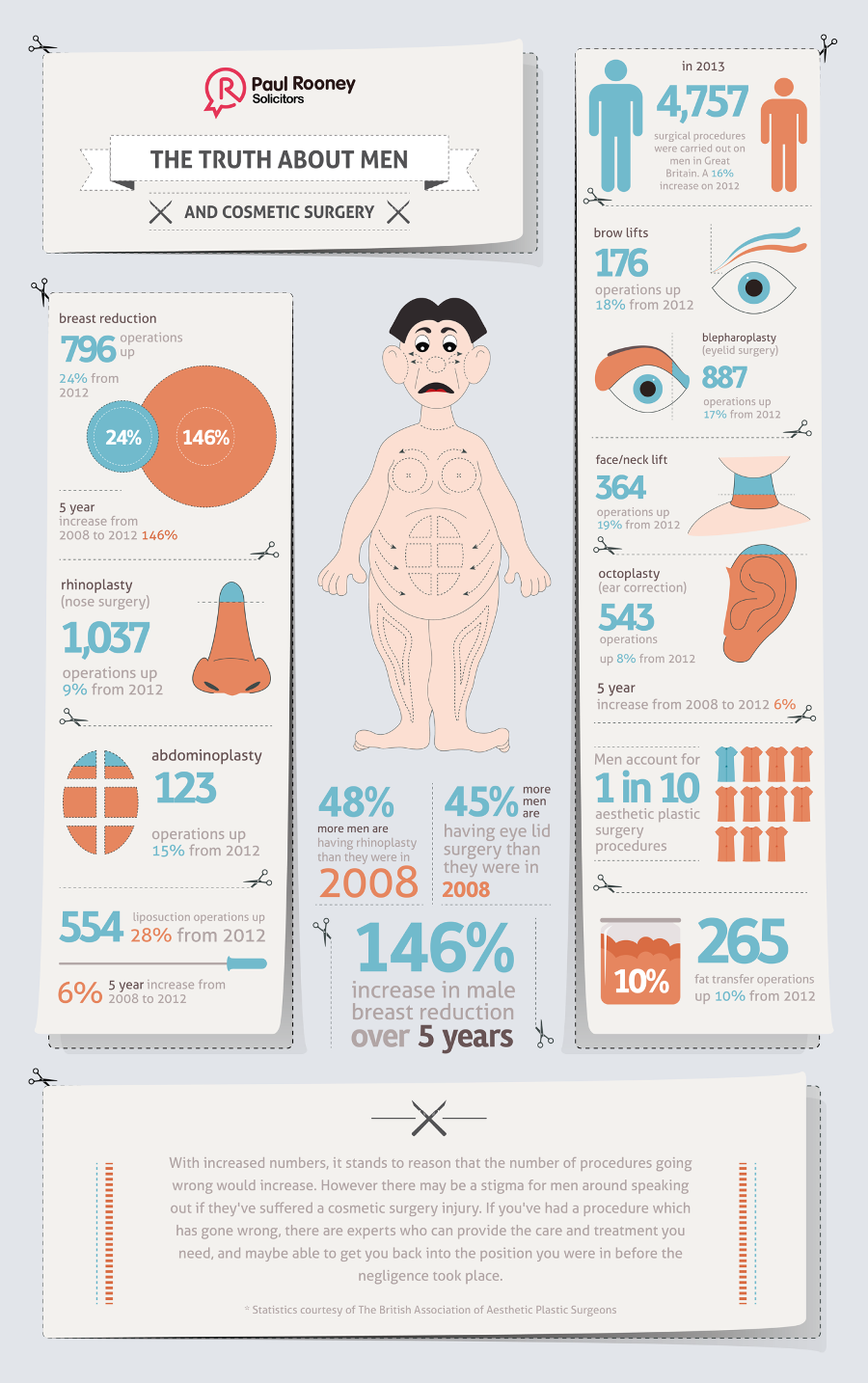Microneedling Vs Laser For Scars
Microneedling Vs Laser For Scars
Blog Article
Hormonal Acne - What is Hormone Acne?
Hormone acne is defined by blocked pores and oily skin that generally appears on the chin and jawline. It takes place when hormone modifications trigger swelling and microbial overgrowth within hair follicles.
Outbreaks may appear as whiteheads, blackheads, papules or pustules and cysts or nodules in much more serious situations. It is much more typical in teens undergoing the age of puberty yet can influence grownups of any age.
What Causes Hormonal Acne?
While acne can be caused by a variety of elements, consisting of making use of hair and skin treatment items that aren't oil-free or made with active ingredients that can obstruct pores, genetic predisposition, diet,2 and stress, the root cause is fluctuating hormones. Hormonal acne occurs when the body experiences hormonal changes and fluctuations that lead to an overproduction of sebum, which causes inflammation, enhanced growth of bacteria and changes in skin cell activity.
Hormonal acne is often found on the lower jawline, cheeks and neck but can appear anywhere on the body. It is identified by imperfections that are cystic, painful and filled with pus or other material. It is also more likely to take place in females than guys, particularly during puberty, the menstrual cycle, maternity or menopause.
Age
While several youngsters experience acne eventually throughout puberty, it can remain to torment adults well into adulthood. Known as hormonal acne, this form of breakout is tied to fluctuations in hormones and is generally most common in women.
Hormone acne takes place when oil glands generate way too much sebum, which obstructs pores and catches dead skin cells. This causes the development of acnes, such as whiteheads, blackheads and papules, pustules, cysts or nodules, deep under the surface.
This type of blemish often causes discomfort, soreness and swelling. It might also be cyclical and appear around the very same time every month, such as right prior to your period starts. This is due to the fact that degrees of female hormones like progesterone and oestrogen rise and fall with each menstruation.
Menstrual Cycle
Hormonal acne typically appears in the reduced part of your face, along the jawline and cheeks, as whiteheads, blackheads or inflammatory acnes (pimples and cysts). It's most likely to show up around the moment when your menstruation adjustments.
Especially around ovulation, when estrogen and progesterone degrees get on the surge, hormonal agent fluctuations can cause outbreaks. Yet it's additionally feasible to obtain acne at any kind of point during your 28-day menstrual cycle.
If you observe that your hormonal acne flares up right prior to your period, try noticing when specifically this happens and see if it connects to the phases of your 28-day menstrual cycle. This will aid you identify the root causes of your skin problems. As an example, you may intend to work with balancing your blood sugar and removing high-sugar foods, or think about a prescription medicine like spironolactone that can regulate your hormonal agents.
Pregnancy
Expanding an infant is a time of remarkable hormonal modifications. For many females, this includes a flare-up of hormone acne. This kind of breakout commonly website begins in the initial trimester, around week six. It's brought on by hormonal agent surges that promote sebaceous glands to make even more oil, which can block pores and cause even more germs to build up.
Outbreaks might likewise take place as a result of pre-existing conditions like polycystic ovary syndrome, which can additionally be a problem while pregnant and menopause. Additionally, some types of contraceptive pill (such as Ortho Tri-Cyclen and YAZ) can set off hormone acne in some ladies.
Thankfully, a lot of acne therapies are "no-go" for expecting females (including preferred acne-fighting ingredients such as isotretinoin and spironolactone). Yet if you can't prevent those irritating bumps, your medical professional may recommend oral erythromycin or cephalexin, which are risk-free while pregnant.
Menopause
As women come close to menopause, the estrogen levels that triggered their hormonal agent acne to flare up throughout the age of puberty begin to maintain and reduce. At the same time, nonetheless, a spike in androgens (also referred to as male hormonal agents) occurs since these hormonal agents can't be exchanged estrogen as properly as previously.
The unwanted of androgens can trigger oil production by the sweat glands, which clogs pores. When the stopped up pores come to be irritated and inflamed, an acne forms.
Hormone acne is typically seen on the face, especially around the chin and jawline, yet it can occur on the neck, back, shoulders, or breast. This sort of acne tends to flare in an intermittent pattern, similar to the menstrual cycle. Stress and anxiety, which increases cortisol and throws hormonal agents out of balance, likewise adds to the outbreaks.